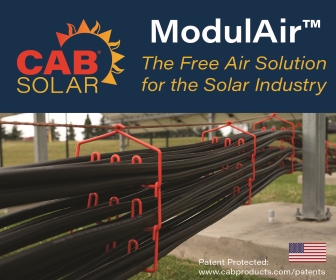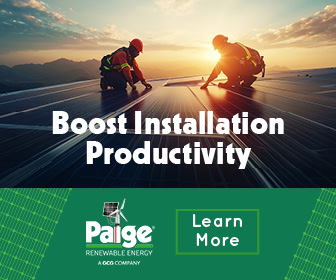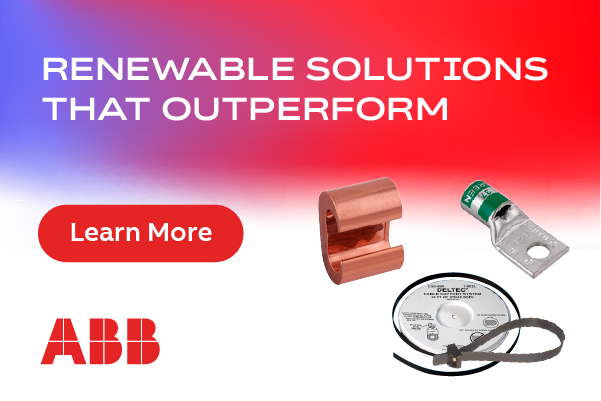Pay Less for Your Solar System
A home solar system is a smart long-term investment amidst the energy crisis. Panels pay for themselves at least 2-3 times during their lifespan. Before getting profits from a system, however, you have to get one; the upfront costs can be high. Here are five ways to help you reduce these costs without lowering the profits.

Tip #1: Pay attention to specs, not the brand
Solar panels make up to 60 percent of your installation cost — choose wisely! There are over 350 manufacturers of PV modules on the market. This extensive selection can be confusing. Naturally, most consumers are drawn towards names that they've heard before. That's not necessarily a mistake, but it makes it easy to overpay by a lot just for a popular brand name. While these companies produce panels of the highest quality, their products tend to cost 1.5-2 times more than average.
Look closely at technical characteristics of panels. Pay attention to their power output, the warranties that each brand offers, weather and shading tolerance of their modules, efficiency, and degradation rates.
Unsurprisingly, if you want to save your money, look at Chinese brands, which tend to be both cheap and efficient. While they may offer the best cost per watt, their panels can be hard to find in the US due to high demand and tensions between China and USA.
Tip #2: Pick larger modules
The solar market changes constantly. Three years ago, people were buying mostly 300 to 350W panels for their homes. Today, people are more inclined towards 400 to 450W panels. Higher wattage means you can build a powerful system with fewer materials, and pay less for installation.
For example, you would need twenty 300 W modules for a 6-kilowatt system. You could build the same system with just fifteen 400 W panels. This system requires approximately 40 fewer square feet, leaving enough room for two more 400 W panels, and giving you the freedom to scale up your system.
Tip #3: Think twice about adding batteries
Energy storage makes your home more sustainable, which means you won't lose power during blackouts. However, it can increase the cost of your solar system by 30-50 percent and extend the payback period. To put it bluntly, solar panels pay for themselves. Batteries — not quite yet.
If you use a lot of energy in the evening, a hybrid solar system with grid connection and a small battery can pay off better than a grid-tie one. Utility rates are often higher at these hours because it's the point of peak demand. Solar systems may not produce enough at this time of day, but a hybrid inverter can switch your house to battery support. This way you won't have to pay extra to the utility.
Tip #4: Pay in cash
A solar system can be expensive; it's tempting to lease it or take a loan. But those monthly payments to a bank or leasing company can burn all the profit generated by your system.
A 4 kW solar system in Berkeley can bring from $30,000 to $50,000 over its lifetime. The upfront cost of this system is somewhere around $10,000, if you pay in cash. Your profits will exceed $20,000 after 20-25 years. However, if you lease a system or take a standard loan, your earnings diminish to only $2,000-$5,000 by the year 25.
If you don't have the available cash to go solar, look for banks that offer special loans for clean energy projects. The interest tends to be lower than average. Your savings won't be as high as if you paid upfront, but the system will still be profitable.
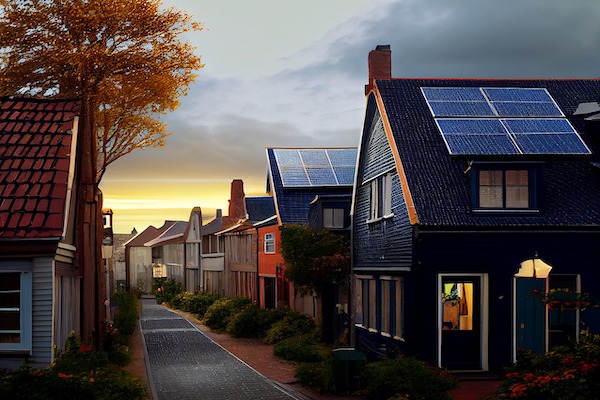 Tip #5: Use incentives
Tip #5: Use incentives
States and utilities want people to go solar, and they are willing to help finance the switch to clean energy. The most important program for solar owners is ITC or Federal Solar Tax Credit. It lets you deduct 30 percent of your installation costs from your income taxes. For example, if the solar system cost $15,000, you could claim $4,500 back. Total solar installation cost includes inverters, batteries, as well as labor and shipping expenses.
ITC is not the only incentive out there. Check your own state for local laws and policies. Chances are, they offer tax exemptions, small rebates, or their own tax credits. Some utilities also propose rebates for the customers that go solar. Usually, they can lower your expenses by $100-$500. Sometimes utilities offer to exchange these rebates for Portfolio Energy Credits that your system will generate. It's up to you if you want to make that choice.
Solar systems pay off in spades
An average solar system in the US costs from $10,000 to $20,000. You can expect it to pay for itself in 6 to 8 years. If you are living in a sunny area with high energy rates, the payback period is going to be even shorter. Solar panels last for over 25 years, and with the dynamic of gas and oil prices, you can expect your earnings to increase even further.
Andrey Gorichensky had been a news editor and freelance writer for a number of medias before joining A1SolarStore team. Climate change and its impact on people's lives have always been among his interests, and contributed to his degree in Philosophy and Ethics.
A1 SOLARSTORE LLC | a1solarstore.com
Author: Andrey Gorichensky
Volume: 2023 March/April








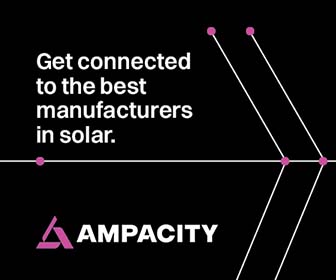
.png?r=8050)
